
I. Introduction
Sodium cyanide (chemical formula: NaCN) is a highly toxic inorganic compound that plays an important role in industrial and scientific research fields. However, due to its high Toxicity and potential hazards, it is crucial to have a correct understanding and use it safely. This article will introduce it from three aspects: Uses, Properties, and Safety Precautions, helping readers to have a comprehensive understanding of this special chemical.

II. Uses of Sodium Cyanide
1.Metal Processing and Metallurgy
Electroplating: As one of the components of the electroplating solution, Sodium Cyanide can help form a uniform and dense coating (such as gold, silver, copper, etc.) on the metal surface.
Gold Extraction: In the cyanidation process for gold extraction, sodium cyanide reacts with gold to form a soluble complex, thus separating gold from the ore.
2.Organic Synthesis
It is used to manufacture cyanides, pharmaceutical intermediates (such as vitamin B1), dyes, pesticides, etc.
As a nucleophilic reagent in organic synthesis, it participates in a variety of chemical reactions.
3.Laboratory Applications
It is used as an analytical reagent (such as for the determination of metal ions like cobalt and copper), or as a catalyst in specific experiments.
III. Properties of Sodium Cyanide
1.Physical Properties
Appearance: White crystals or powder, which is easily deliquescent.
Solubility: It is readily soluble in water, and the aqueous solution is strongly alkaline; slightly soluble in ethanol.
Melting Point: Approximately 563.7°C, and the boiling point is about 1496°C.
2.Chemical Properties
Toxicity: Highly toxic. The lethal oral dose is approximately 1 - 2 mg/kg (for adults).
Reactivity: It reacts with acids to generate highly toxic hydrogen cyanide (HCN) gas; it may cause a violent reaction when in contact with strong oxidants.
Stability: It is stable in dry air, but it will slowly decompose when exposed to water or humid air, releasing toxic gas.
IV. Safety Precautions
1.Toxicity Mechanism and Hazards
The toxicity of Sodium cyanide stems from the cyanide ion (CN⁻) it releases, which can inhibit cellular respiratory enzymes, leading to tissue hypoxia and, in severe cases, death.
Acute Poisoning Symptoms: Headache, nausea, dyspnea, confusion, and even convulsions and cardiac arrest.
2.Protection Measures
Personal Protection: Wear protective clothing, gloves, goggles, and use a gas mask (with a filter cartridge).
Operation Environment: Operate in a fume hood or a closed system to avoid the diffusion of dust.
3.Storage and Transportation
Sealed Storage: Store in a dry and cool place, away from acids, oxidants, and food.
Labeling and Warning: The container should be labeled with warning labels such as "Highly Toxic" and "Corrosive".
4.Emergency Treatment
Leakage Treatment: Wear protective equipment, cover the leaked substance with sand or inert materials, and avoid direct contact.
First Aid for Poisoning: Immediately move the poisoned person to a place with fresh air, keep the airway unobstructed, seek medical attention as soon as possible, and inform the medical staff of the poisoned substance.
5.Compliance with Regulations
Sodium cyanide is a dangerous chemical strictly controlled by the state. It is necessary to comply with the Regulations on the Safety Management of Dangerous Chemicals, and a permit is required for its transportation and use.
V. Case Warnings

In the Tianjin Port explosion accident in 2015. the leakage of sodium cyanide attracted widespread attention, highlighting the serious consequences of improper storage and management. This incident serves as a reminder that any negligence can lead to catastrophic consequences, and we must always maintain a high level of vigilance.
VI. Conclusion
Sodium cyanide is a "double-edged sword". Its rational use can promote industrial progress, but if safety is ignored, it may lead to tragedies. Understanding its uses, properties, and safety regulations is the responsibility of everyone who comes into contact with it. Only by treating it scientifically and taking strict protective measures can we ensure personal safety and environmental health.
- Random Content
- Hot content
- Hot review content
- Company product introduction
- Plastic Shock Tube(VOD≧1600m/s)
- Potassium Permanganate – Industrial Grade
- Food Grade Heavy Light Precipitated Calcium Carbonate Powder Granular 99%
- Diethylene Glycol
- Caprylic/capric triglyceride
- Sodium selenite,anhydrous 98%
- 1Discounted Sodium Cyanide (CAS: 143-33-9) for Mining - High Quality & Competitive Pricing
- 2China's New Regulations on Sodium Cyanide Exports and Guidance for International Buyers
- 3Sodium Cyanide 98% CAS 143-33-9 gold dressing agent Essential for Mining and Chemical Industries
- 4International Cyanide(Sodium cyanide) Management Code - Gold Mine Acceptance Standards
- 5China factory Sulfuric Acid 98%
- 6Anhydrous Oxalic acid 99.6% Industrial Grade
- 7Oxalic acid for mining 99.6%
- 1Sodium Cyanide 98% CAS 143-33-9 gold dressing agent Essential for Mining and Chemical Industries
- 2High Quality 99% Purity of Cyanuric chloride ISO 9001:2005 REACH Verified Producer
- 3Zinc chloride ZnCl2 for High Molecular Weight Polymers Initiator
- 4High Purity · Stable Performance · Higher Recovery — sodium cyanide for modern gold leaching
- 5High Quality Sodium Ferrocyanide / Sodium Hexacyanoferr
- 6Gold Ore Dressing Agent Safe Gold Extracting Agent Replace Sodium Cyanide
- 7Sodium Cyanide 98%+ CAS 143-33-9

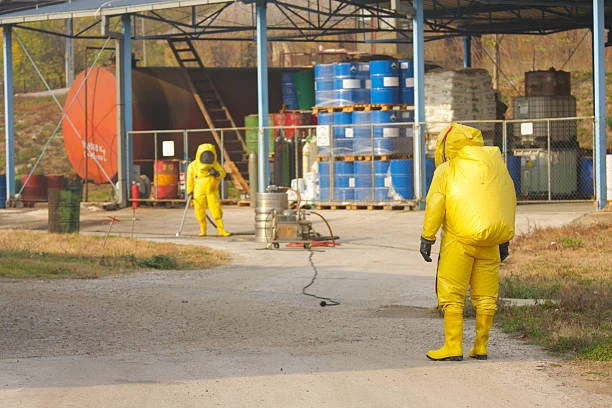

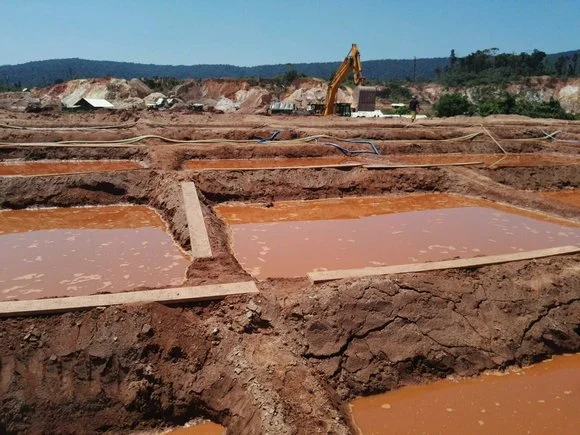
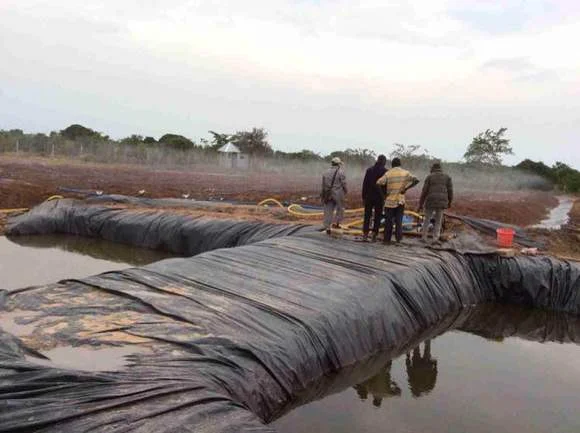

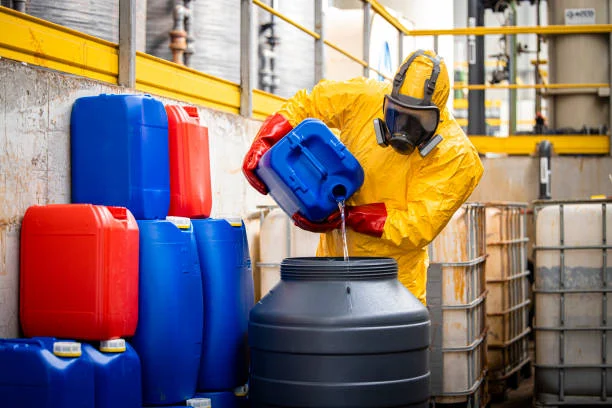
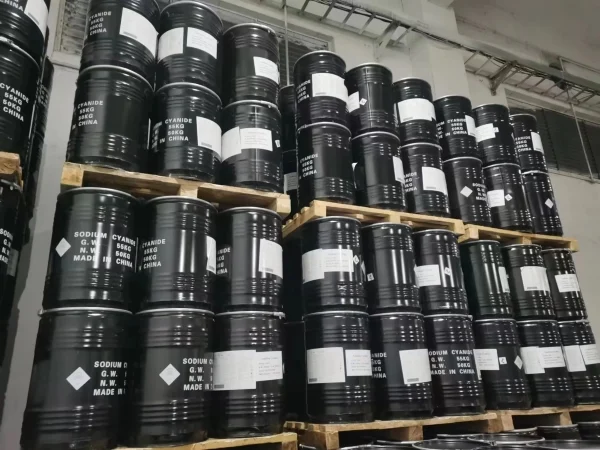



Online message consultation
Add comment: